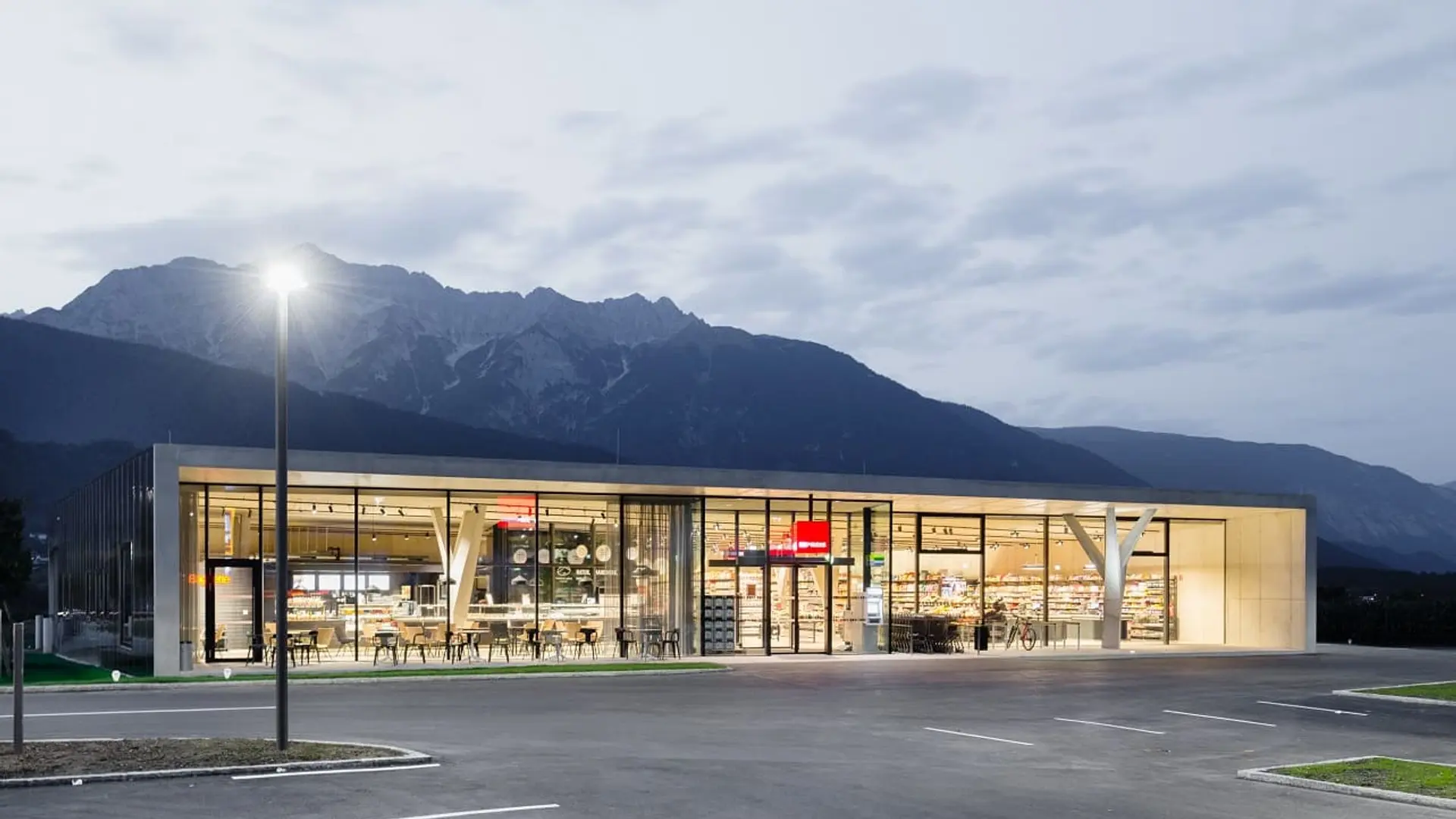AI in the supermarket: the art of optimal work schedules

Many grocery retailers still develop staff deployment using a top-down approach for the region and the various markets. This not only ties up valuable time, but also fails to take all factors into account for precise, demand-oriented planning. What's more, this task is becoming increasingly complex due to the growing importance of omnichannel and the integration of offline and online. This is because customers are increasingly using digital orders, either picking them up in-store or having them delivered to their homes by the store or third-party providers. This effort and the associated peak times are also becoming increasingly important for staff planning.
AI tools can already take on this task today and relieve managers. They create data-driven, intelligent plans that avoid overstaffing and understaffing and efficiently deploy employees according to their qualifications and the needs of customers and other stakeholders. AI also helps to react ad hoc to current situations, adapt deployment plans in real time and suggest solutions for staffing gaps to those responsible - for example in the event of unexpected illness.
At the heart of this is anticipating the need for human resources and thus planning resources in a cost-optimized manner for the retailer and as appropriately as possible for the employees in order to achieve the best possible customer experience with an efficient use of resources.

The diagram shows predictions for a "picking window" between 14:00-16:00 o'clock in a MENY store. The forecast follows the trends of the actual number of orders with high accuracy.
Good to know:
- AI-driven workforce scheduling enables accurate and efficient shift planning in grocery retail by making data-driven decisions that prevent overstaffing and understaffing and optimize labor costs.
- The use of AI tools facilitates planning by taking into account regional differences and customizing staff schedules for each store, linking different data sources and enabling real-time adjustments.
- AI tools enable a better work-life balance because the AI also keeps an eye on overtime. If the AI is trained accordingly, it also ensures greater fairness in shift allocation.
- Successful implementation requires defined data sources and a clear framework so that AI can create customized schedules and efficiently meet staffing needs, improving business operations and the customer experience.
AI work schedules are particularly suitable for food chains
If a grocery retailer operates several stores, it is even possible to use AI to develop staff deployment plans tailored to the respective location. This is because it makes a difference to purchasing behavior whether a store is located in a residential area or in an industrial park, next to a soccer stadium or an outdoor pool. If a branch is located near a stadium, for example, sufficient staff should be available in the stores at match times to serve the thirsty fans. The AI can also coordinate staff between individual locations. If there is a shortage of staff in one store, it analyzes whether employees from other stores are available and can help out.
The right use of technology has an enormous business impact. But what are the prerequisites for AI-controlled workforce scheduling in food retail?

Joachim Bader, Managing Partner Forte Digital Central Europe
Define data sources, framework conditions and objectives
AI needs a wealth of valid data in order to develop plans with pinpoint accuracy. Internal data sources include historical and current information on turnover and products sold via the store, app or website, customer frequency from offline and online shoppers, delivery times and specific information on all daily tasks in the store.
Data and results on marketing activities and campaigns, personnel guidelines and individual employees - such as their agreed working hours, their qualifications and skills, their planned vacations and their task and working time preferences - are also important. External data should also be included as sources. This includes public holidays, school vacations, weather forecasts, events and visitor numbers, health and safety guidelines and laws. It is important to select only those data sources that are really relevant for workforce scheduling so that the AI can deliver targeted results.
A rough analysis of internal data alone provides information on where the sticking points are in conventional employee scheduling and how it can be made more efficient and needs-oriented. This is important in order to obtain a data-based understanding, not a gut feeling, of the existing problems - before predictive data analytics is used with the help of AI.
After all, people should always be able to monitor the automated results of AI. It is also essential to sit down with stakeholders from the IT and HR departments to jointly define goals, priorities, requirements and framework conditions for AI workforce planning. For example, IT must ensure the data infrastructure, quality and security; HR is responsible for compliance with occupational health and safety laws and the GDPR-compliant use of employee data, but also for further training.
This is because the analysis results can reveal that, for example, more cashiers or more specialist staff are needed at the meat counter at certain times. Due to the shortage of skilled workers, it is unlikely that new colleagues will be recruited for these jobs. For this reason, the AI will suggest existing employees who would normally have other tasks at these peak times, but who are available, to fill these staffing gaps. They may need to be trained for their stand-in assignment.
Dashboard and app are essential
A dashboard is suitable for bringing the various data sources together so that the AI can link them intelligently, process them in a way that is relevant to decision-making and create final staff deployment plans for each store. The advantages of a dashboard are that the AI combines many available data sources in an always up-to-date, integrative and meaningful data view. It always shows store managers and dispatchers a deployment plan that it adapts to changes in real time - such as reported cases of illness in the morning or spontaneous severe weather warnings. In addition, several people can access a dashboard solution and configure it individually for their store or their needs.
Staff scheduling via AI also includes a self-service app for employees. Here, they can not only view their current shifts, but also enter their working hours, vacation and sick days, apply for certain tasks and shifts, swap working hours with colleagues or specify their desired availability. In addition to the individual requests already stored, the AI also constantly records this information and takes it into account when planning shifts.
It can also prioritize tasks for each employee, assign them to a specific time slot, plan ideal break times and deploy them throughout the day according to their skills and requirements. This is because the AI brings all the information together: the different tasks that need to be performed at any given time, the skills required for them, their processing time or other time slots and tasks, such as the delivery of goods.
With the help of the app and AI, managers can increase the productivity of their individual employees and close staffing gaps. In addition, the app gives employees more flexibility in organizing their working hours and creates a better work-life balance because the AI also keeps an eye on overtime. This results in greater employee satisfaction. If the AI is trained accordingly, it also ensures greater fairness in shift allocation.
AI-controlled staff work schedules allow employees to be deployed more efficiently. This mitigates the shortage of skilled workers. The increased effectiveness leads to cost savings, a better customer experience and an automatic increase in sales. Shelves are no longer left empty, but filled and waiting before checkout or when picking up groceries ordered online is a thing of the past.

AI in the supermarket
This article was published on April 30, 2024 as a guest article for Lebensmittel Zeitung.



